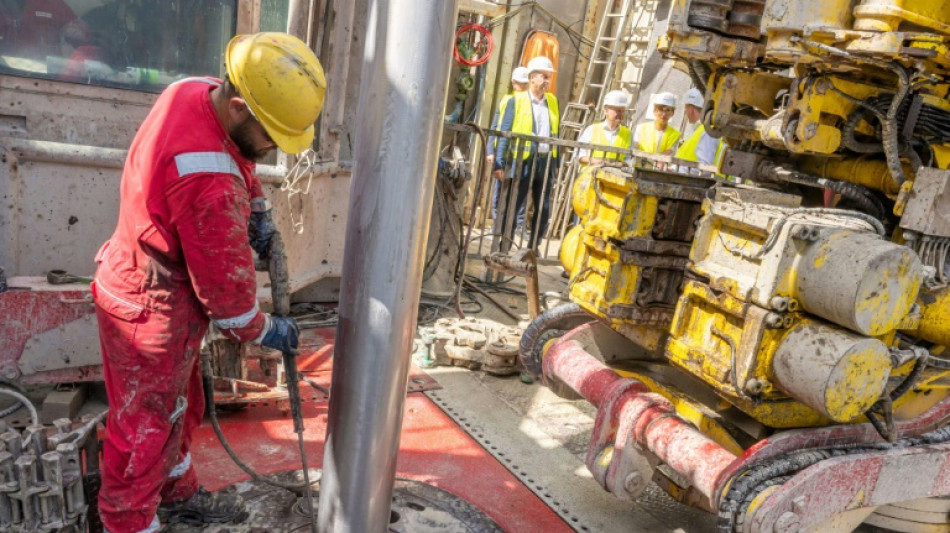
-
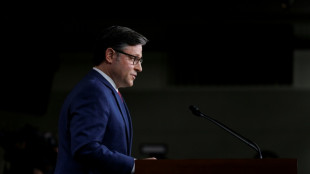 Asian stocks wobble as US shutdown rally loses steam
Asian stocks wobble as US shutdown rally loses steam
-
UK unemployment jumps to 5% before key govt budget

-
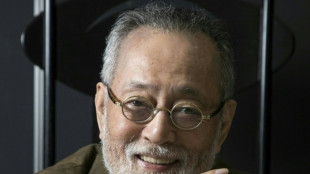 Japanese 'Ran' actor Tatsuya Nakadai dies at 92
Japanese 'Ran' actor Tatsuya Nakadai dies at 92
-
AI stock boom delivers bumper quarter for Japan's SoftBank

-
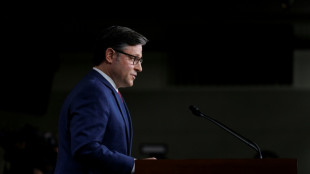 Asian stocks struggle as US shutdown rally loses steam
Asian stocks struggle as US shutdown rally loses steam
-
India probes deadly Delhi blast, vows those responsible will face justice

-
 Pistons win streak hits seven on night of NBA thrillers
Pistons win streak hits seven on night of NBA thrillers
-
US state leaders take stage at UN climate summit -- without Trump
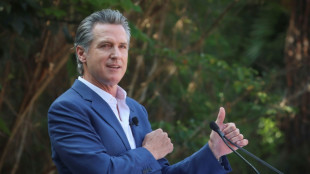
-
 Burger King to enter China joint venture, plans to double stores
Burger King to enter China joint venture, plans to double stores
-
Iraqis vote in general election in rare moment of calm
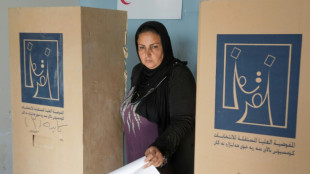
-
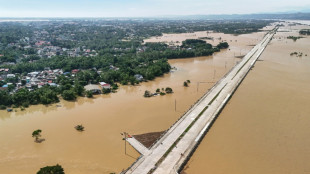 Philippines digs out from Typhoon Fung-wong as death toll climbs to 18
Philippines digs out from Typhoon Fung-wong as death toll climbs to 18
-
'Demon Slayer' helps Sony hike profit forecasts

-
 Who can qualify for 2026 World Cup in next round of European qualifiers
Who can qualify for 2026 World Cup in next round of European qualifiers
-
Ireland's climate battle is being fought in its fields
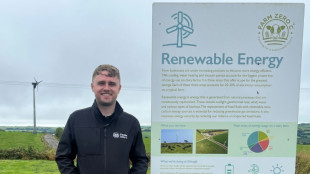
-
 Sony hikes profit forecasts on strong gaming, anime sales
Sony hikes profit forecasts on strong gaming, anime sales
-
End to US government shutdown in sight as stopgap bill advances to House
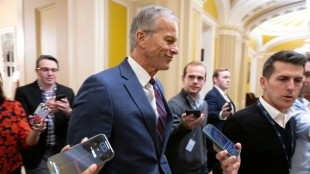
-
 'Western tech dominance fading' at Lisbon's Web Summit
'Western tech dominance fading' at Lisbon's Web Summit
-
Asian stocks rise as record US shutdown nears end
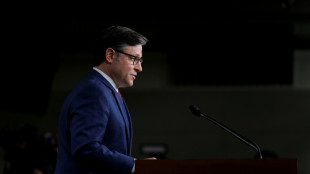
-
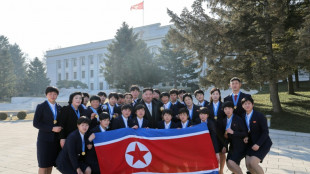 'Joy to beloved motherland': N.Korea football glory fuels propaganda
'Joy to beloved motherland': N.Korea football glory fuels propaganda
-
Taiwan coastguard faces China's might near frontline islands
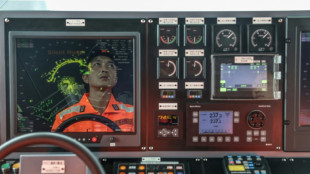
-
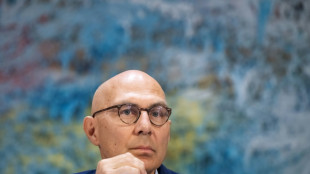 Concentration of corporate power a 'huge' concern: UN rights chief
Concentration of corporate power a 'huge' concern: UN rights chief
-
Indian forensic teams scour deadly Delhi car explosion
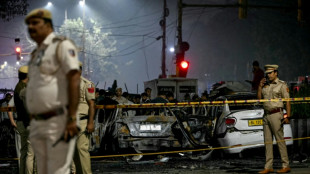
-
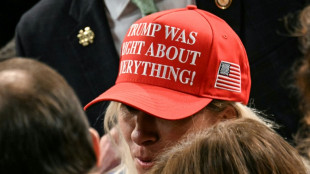 Trump says firebrand ally Greene has 'lost her way' after criticism
Trump says firebrand ally Greene has 'lost her way' after criticism
-
Show shines light on Mormons' unique place in US culture

-
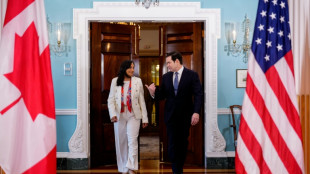 Ukraine, China's critical mineral dominance, on agenda as G7 meets
Ukraine, China's critical mineral dominance, on agenda as G7 meets
-
AI agents open door to new hacking threats

-
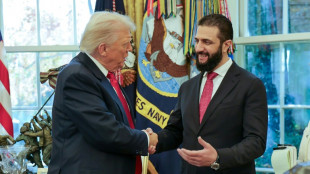 Syria joins alliance against Islamic State after White House talks
Syria joins alliance against Islamic State after White House talks
-
As COP30 opens, urban Amazon residents swelter
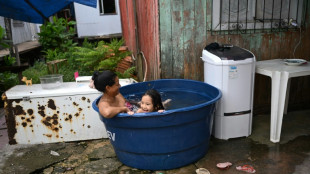
-
 NHL unveils new Zurich office as part of global push
NHL unveils new Zurich office as part of global push
-
Szalay wins Booker Prize for tortured tale of masculinity
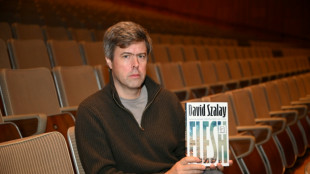
-
 Star Copper Confirms Copper Creek Mineralized Zone
Star Copper Confirms Copper Creek Mineralized Zone
-
Nano One Provides an Update on Recent Corporate Developments & Reports Third Quarter 2025 Results

-
 Tocvan Announces Maiden Drill Program Underway at North Block Gran Pilar Gold-Silver Project
Tocvan Announces Maiden Drill Program Underway at North Block Gran Pilar Gold-Silver Project
-
'Netflix House' marks streaming giant's first theme park
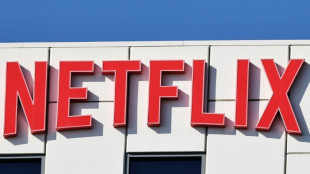
-
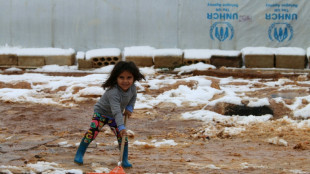 UN warns of rough winter ahead for refugees
UN warns of rough winter ahead for refugees
-
Brazil's 'action agenda' at COP30 takes shape

-
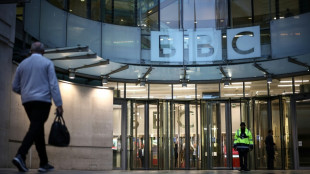 Trump threatens $1 billion action as BBC apologises for edit error
Trump threatens $1 billion action as BBC apologises for edit error
-
Sinner dominates injury-hit Auger-Aliassime in ATP Finals opener

-
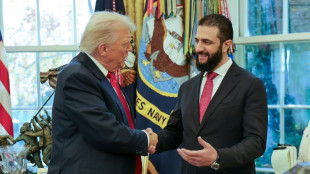 Trump hails Syria's 'tough' ex-jihadist president after historic talks
Trump hails Syria's 'tough' ex-jihadist president after historic talks
-
Syria's ex-jihadist president meets Trump for historic talks
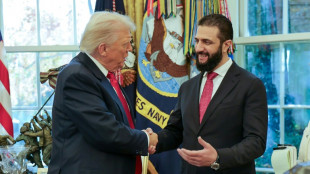
-
 Top US court hears case of Rastafarian whose hair was cut in prison
Top US court hears case of Rastafarian whose hair was cut in prison
-
US mediator Kushner and Netanyahu discuss phase two of Gaza truce

-
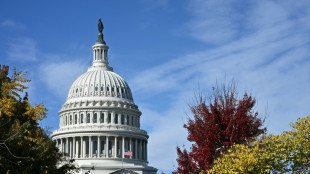 End to US government shutdown in sight as Democrats quarrel
End to US government shutdown in sight as Democrats quarrel
-
Trump threatens air traffic controllers over shutdown absences

-
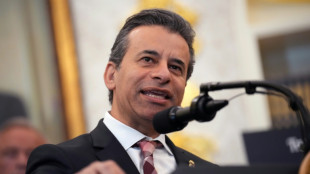 US to remove warnings from menopause hormone therapy
US to remove warnings from menopause hormone therapy
-
UK water firm says 'highly likely' behind plastic pellet pollution incident
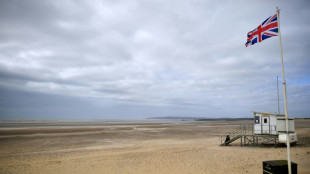
-
 Syria's ex-jihadist president holds historic Trump talks
Syria's ex-jihadist president holds historic Trump talks
-
End to record-long US government shutdown in sight
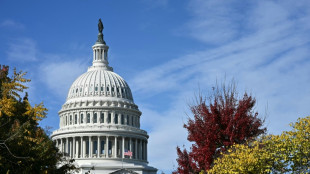
-
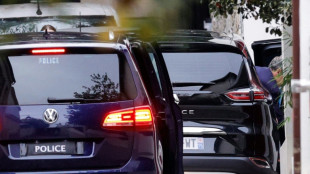 France's ex-leader Sarkozy says after jail release 'truth will prevail'
France's ex-leader Sarkozy says after jail release 'truth will prevail'
-
Atalanta sack coach Juric after poor start to season


Dig deep: US bets on geothermal to become renewable powerhouse
Though geothermal represents only a tiny fraction of current US energy production, several businesses and President Joe Biden's administration are betting on technological advances to make it a backbone of the green transition.
"If we can capture that heat beneath our feet, it can be the clean, reliable, baseload-scalable power for everybody from industries to households," Energy Secretary Jennifer Granholm told the CERAWeek conference in Houston this past week.
Her department estimates that geothermal energy could overtake hydroelectric and solar power in the country by 2050.
Geothermal, which draws on naturally high temperatures underground and is used mainly to produce electricity and heat buildings, amounted to only 1.6 percent of US energy consumption in 2022.
To ramp up production, the US government has invested more than $200 million since 2018 in an experimental site in Utah involving the drilling of exceptionally deep wells -- an approach different from the traditional, near-surface geothermal energy.
Scientists at the site have been testing, in real-world conditions, a technology known as Enhanced Geothermal Systems (EGS), similar but different from hydraulic fracturing techniques, also known as fracking, which is used to extract oil and natural gas.
The approach involves injecting water into naturally very hot rocks -- often deeper than two miles (3 kilometers), which does not require a nearby hot spring or underground reservoir.
"In theory, you could make geothermal anywhere," said Francesco d'Avack, an analyst with S&P Global Commodity Insights.
"It also reduces the upfront risk," he said -- that is, the risk of drilling and finding nothing, which has been a deterrent for some investors in the past.
Granholm, in her speech to the CERAWeek energy conference, underscored another advantage: the US government is allowing companies to convert permits for oil or gas exploration into geothermal licenses -- reducing paperwork and delays.
In a report this past week, the Energy Department said EGS use fewer chemical additives than classic fracking, a system deplored by environmentalists.
It added that geothermal drilling does not release hydrocarbons, as fracking does.
And unlike solar or wind power, geothermal provides a steady flow of energy regardless of weather or time of day.
- 'A big unlock' -
As for cost, the US government estimates it will drop from a current range of $70 to $100 per megawatt hour (MWh) to $45 by 2035.
The use of existing drilling technology makes geothermal both quicker and cheaper to develop.
"We took the oil and gas operation models, we changed the drill bits a little bit and... we demonstrated a completely new application," said Jigar Shah of the Energy Department's loan office. "That's a big unlock" -- a big leap forward.
"The US has been a first mover" with the new technology, said Ajit Menon, a specialist in subterranean development with Texas-based energy company Baker Hughes, which has invested in geothermal energy.
There are already EGS sites in other countries, notably France, but they're considered experimental.
A possible risk of geothermal drilling projects is that, as with fracking, they can cause seismic activity.
In France's Alsace region, a deep-drilling project was abandoned in 2020 after it provoked several tremors.
The US Energy Department requires all funded projects follow a mitigation protocol to address induced seismicity and is funding research on the issue.
It says no community has felt seismicity occurring near a DOE-funded project.
Several US and Canadian start-ups are vying for position in this budding market and have raised hundreds of millions of dollars from investors.
One of them, Fervo Energy, recently linked its Nevada site to the electric grid. The project was developed in collaboration with Google, which needs huge amounts of electricity for its data centers. So far, though, the site is generating only 3.5 megawatts.
As the geothermal supply begins to grow, demand is following. Google, Microsoft and steel-maker Nucor announced Tuesday that they will jointly be purchasing geothermal energy.
Shah pointed out that the three big firms are "willing to pay a premium" for the energy, and that "gets the private sector excited."
"The new or next generation market is still quite open," said Cindy Taff, CEO of Sage Geosystems, which specializes in subterranean energy. One reason, she said, is that "we need that first commercial facility, and there hasn't been one" yet.
Once one company shows how it can be successfully done, others will follow, she added.
With the sector still so small, "your primary objective is to grow it right," said Menon. "Not only for you -- for everyone."
S.Gregor--AMWN



